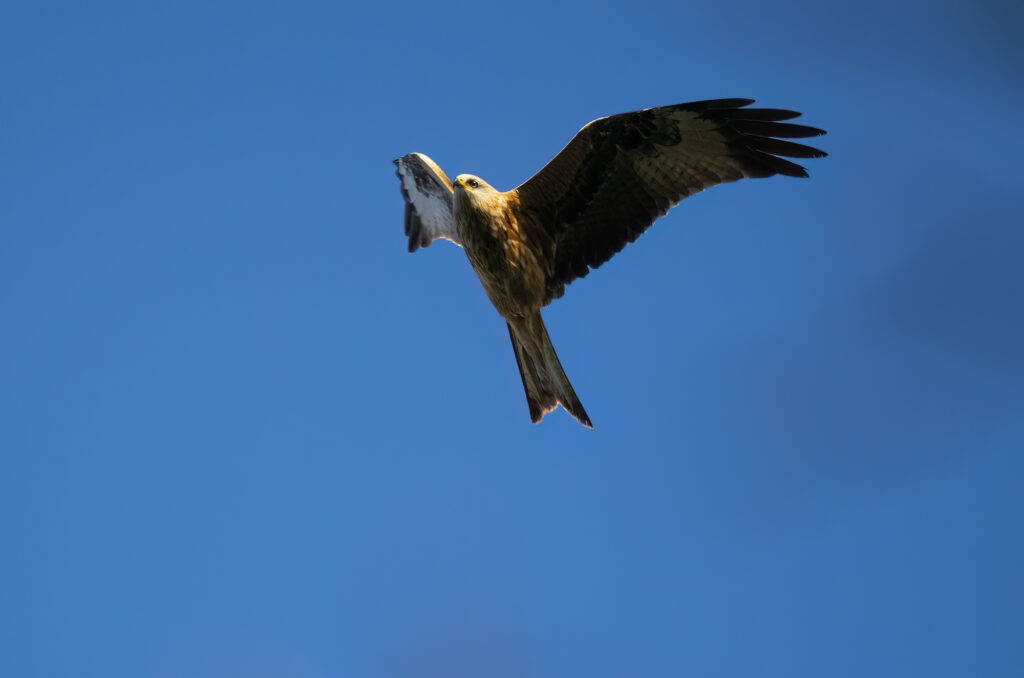A dirt track cuts the rolling field in half, the way ahead lined with the occasional holly bush to accompany the path. I take in the view while a memory slowly forms in my brain – like someone has hit play on a shaky old home video long since consigned to the back of the cupboard. The smell of dislodged mud thrown into the air. The feeling of the wind whipping my face. The sound of thundering hoofbeats intermingled with my laughter. I am riding my horse across this field while laughing out loud with joy and exhilaration. Underneath me, my best friend is galloping as fast as his four legs can carry us. It feels like flying.
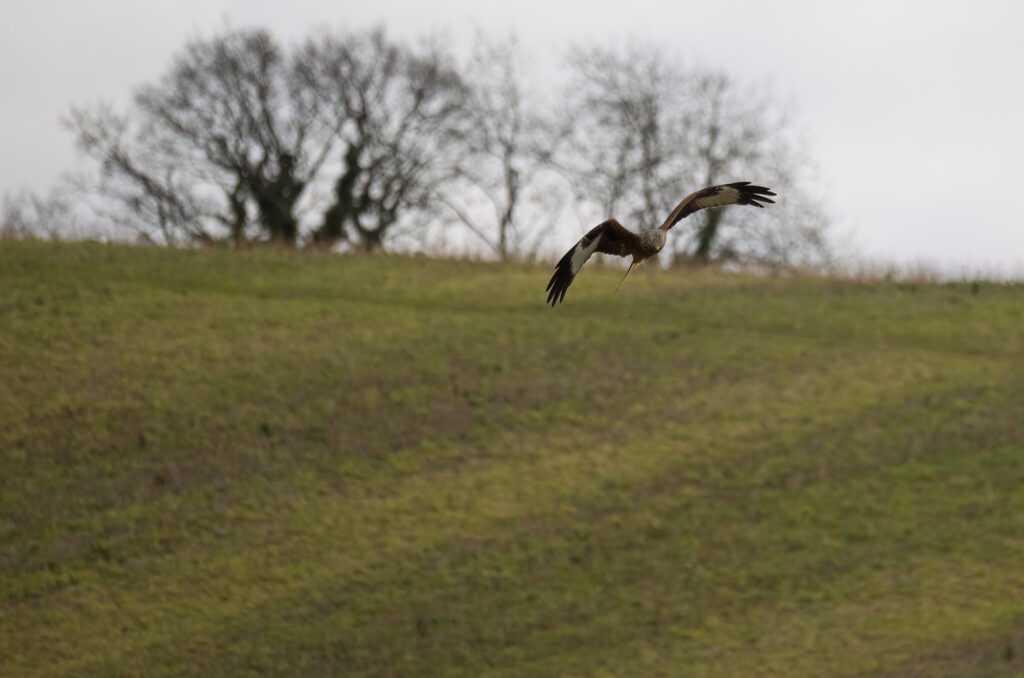
As we begin to make our way across the field, it is not just my memories that are soaring. A red kite glides into view and is swiftly joined by another. They cruise towards us on the breeze, and a pre-Christmas stroll with the family becomes a rare opportunity to watch and photograph these stunning birds up close. I say rare opportunity, but we are walking in a part of Hertfordshire where a sky full of kites is as unusual as a sky full of pigeons. I used to call this part of England home – back when there were no red kites in the sky – and now these birds are the ones established here. Flying over these fields like I did all those years ago.
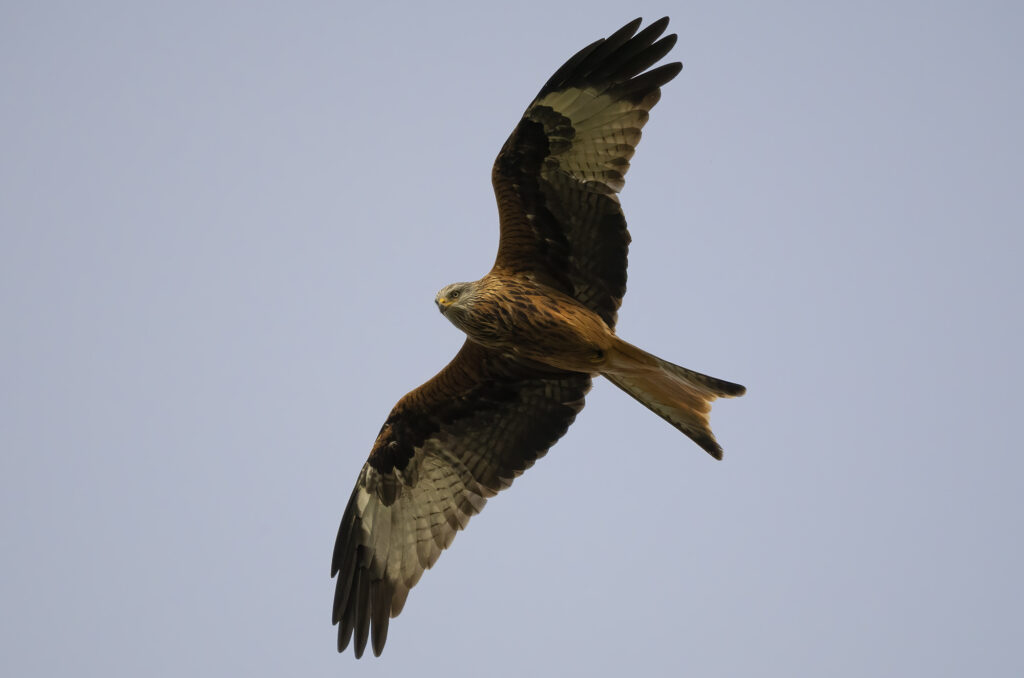
In the red
Our relationship with the red kite has shifted from praise to persecution to pulling it back from the edge of extinction. There was a time when red kites were protected by royal decree, and killing them resulted in capital punishment. As scavengers, they provided an excellent street cleaning service in the Middle Ages. However, by the 16th century, they became ‘vermin’, and the relentless persecution of red kites began. By the mid-20th century, they were confined to a few remote areas in Wales, with only a few pairs left.
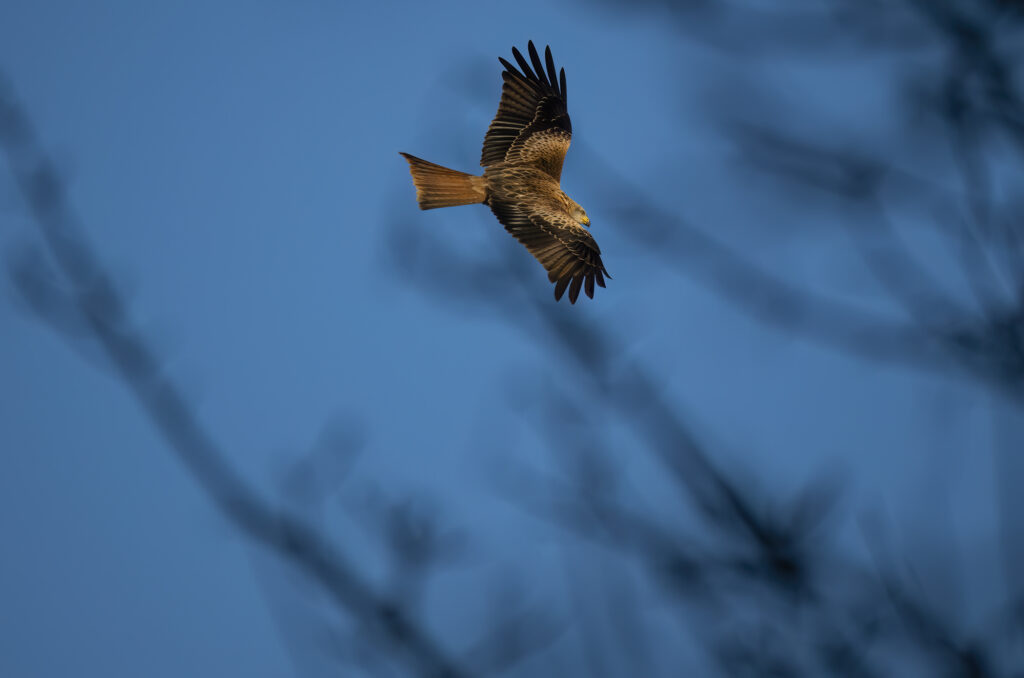
The return of red kites to the UK began in 1986 when the RSPB partnered with the NCC (now Natural England and NatureScot) and, during the next ten years, brought over a hundred birds from Spain, Sweden, and Germany to grow the population back in.
Return of the kite
Today, red kites have made a remarkable recovery. Reintroduction programs have expanded their distribution, and they are now found in various parts of the UK with an estimated 4,600 pairs. The Chilterns, which extend into Hertfordshire, have been a key area for this successful reintroduction and their distinctive presence in the skies there has become a symbol of successful conservation.
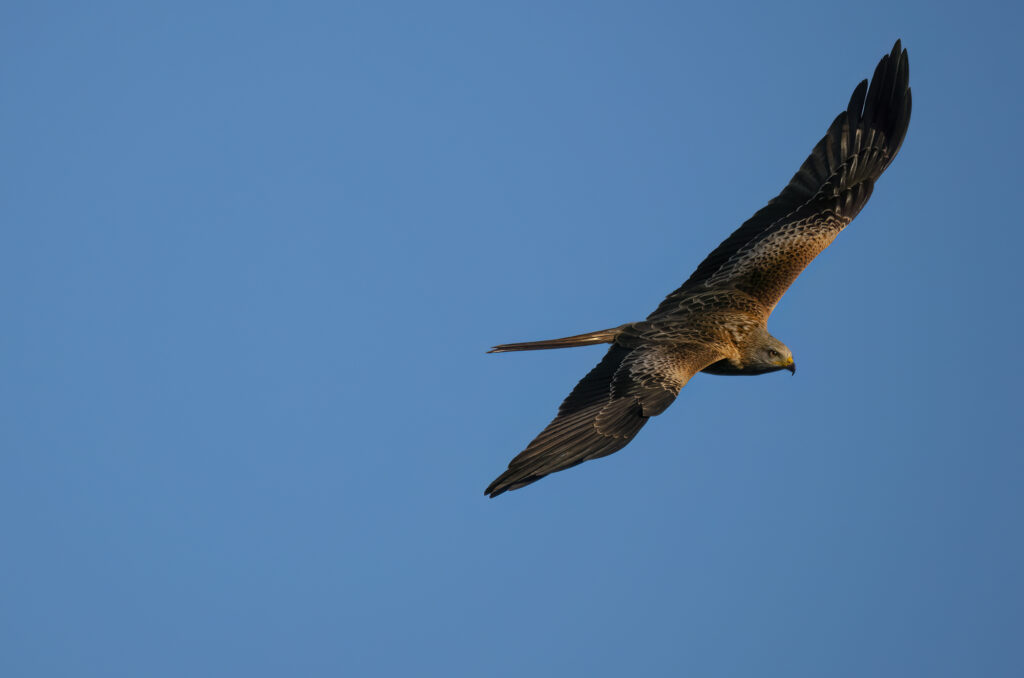
However, as is often the case with conservation successes, threats remain. It pains me to acknowledge that the illegal persecution of red kites continues. And, while some people express concerns about living alongside these birds, often encouraged by the press, the number of well-meaning people feeding red kites could also jeopardise their future. We should celebrate the success of a thriving red kite population, but we must never become complacent.
The wake in winter sun
Thanks to the success of the reintroductions, during our week-long stay in Hertfordshire, we saw red kites every day. While sightings were numerous, the dark and wet December weather meant few usable images. However, each meeting was a thrill. Unlike the wary buzzards I am used to photographing, each red kite seemed consumed by curiosity – circling above our heads or gliding slowly past, their gaze fixed on us. We watched them flying low above the rooftops from our bedroom window. We saw them gather in a group (known as a wake, kettle, husk or roost) above a carcass in a field, soaring and swooping. All encounters – apart from that walk across the field where I used to ride – were in appalling light, but I was happy to have seen them.
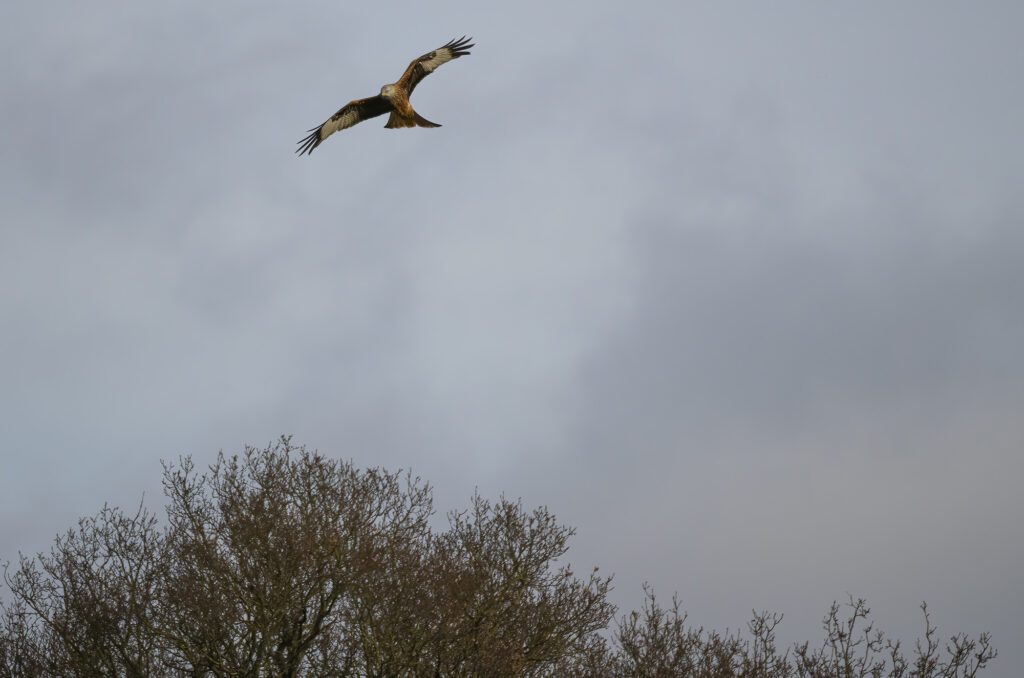
Then Boxing Day arrived – the first day of unending blue sky and unbroken winter sun. With a few hours before family arrived for more festivities, there was a window of opportunity for a walk – and we took it. We weren’t the only ones, as the red kites were also making the most of the good weather. They peppered the blue sky as we strolled down the lane. A constant distraction that prevented me from watching where I was walking, as I repeatedly stopped to point my lens to the sky.
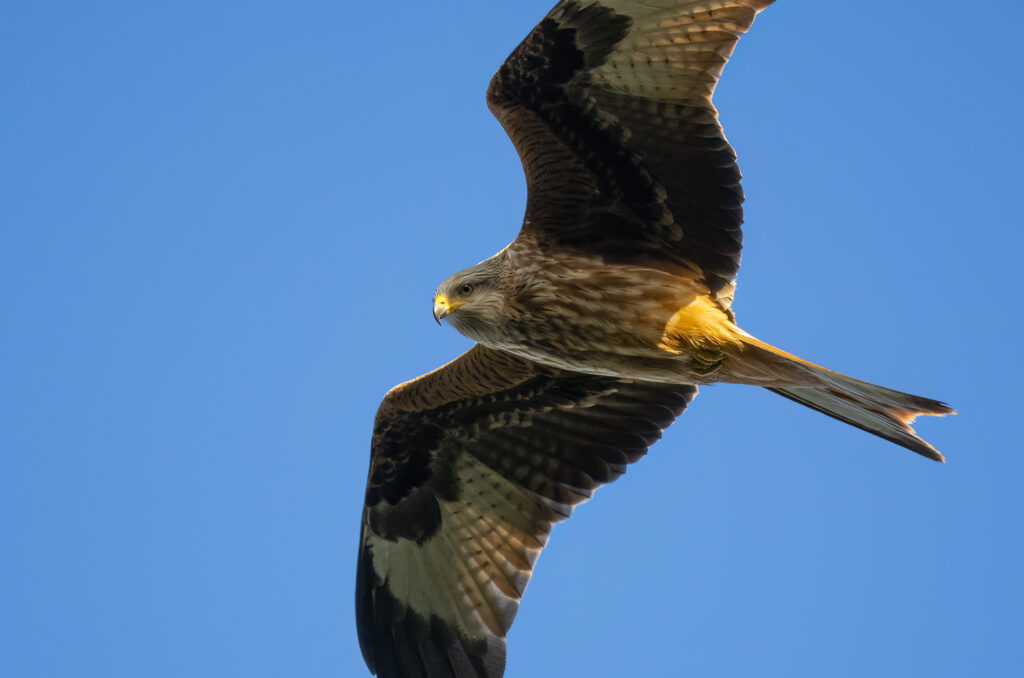
When we headed up the hill at the back of the village, a few birds became many – my partner counted 23 as he looked into the distance. I resisted the temptation to try and capture them all. By selecting individual birds and following them through the viewfinder with focus locked on, I was able to capture sharp shots. It didn’t take long to get a feel for the rhythm of their circling flight and start to predict where they would appear from and head to. I had previously attempted photographing red kites at a feeding station, when I was much less experienced, and had struggled to follow the birds as they swooped in at speed. These soaring sun worshippers were cruising in comparison, allowing for a much more relaxing experience.
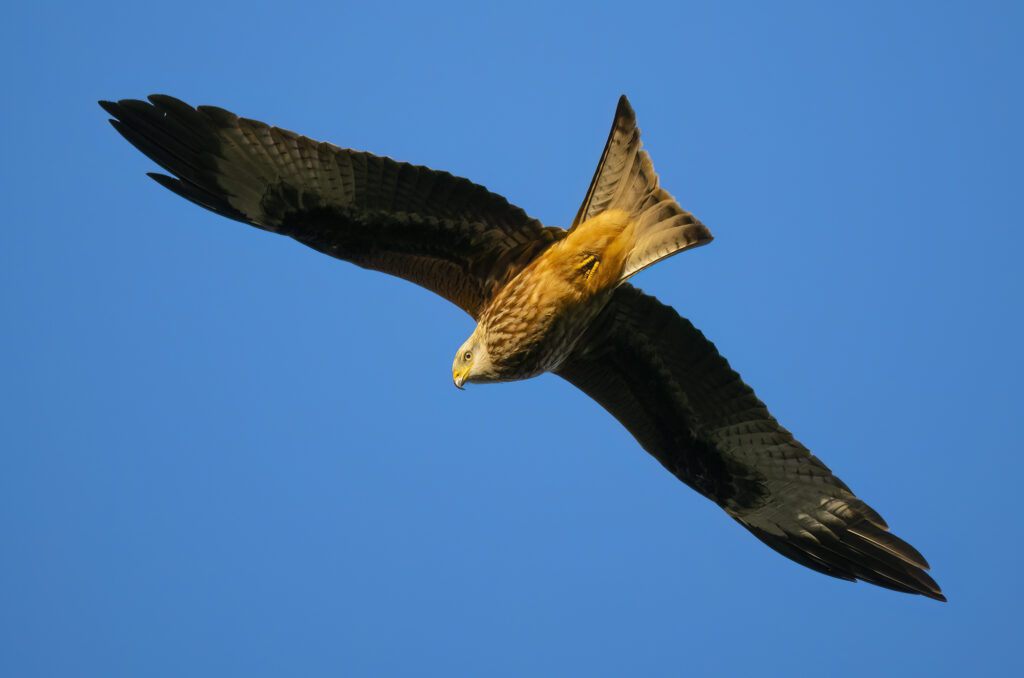
Rooftop raptor
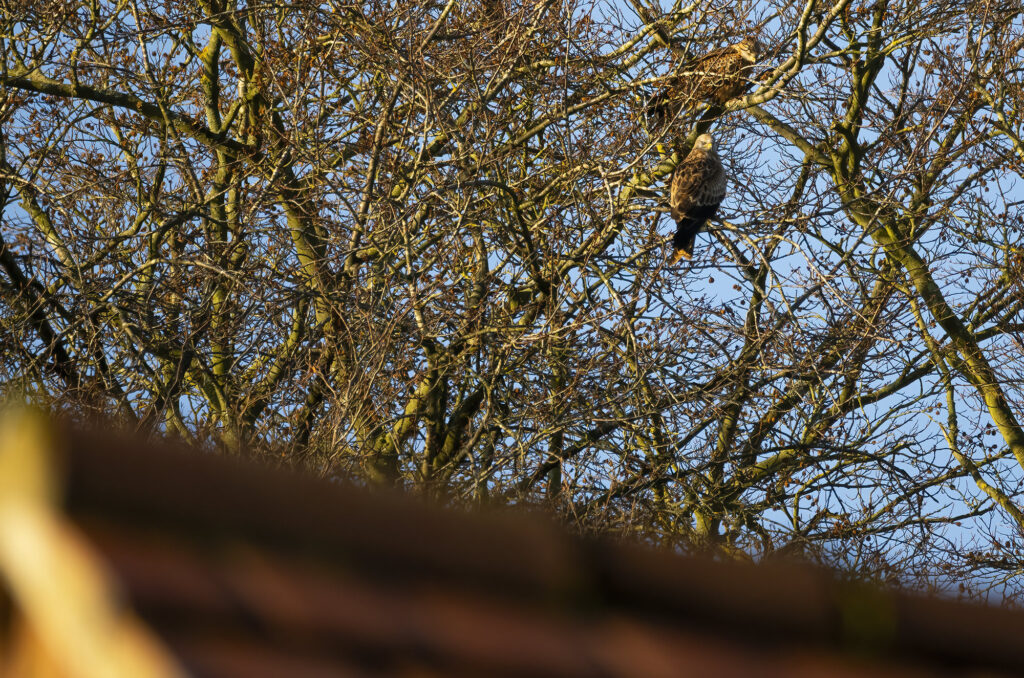
In that quiet period between Christmas and New Year, when the whole country seemed to be taking a collective breather, we left Hertfordshire to return home. As we got into our car to leave, a red kite flew low over the rooftop above our bedroom and circled above us. Its cool, confident gaze a reflection of the resurgence of its species. A bird brought back from the brink by dedicated conservationists and now reliant upon our tolerance for its continued success. With our help, I hope these resilient raptors continue to soar.
